F
Flintstone
I think he means a flat side like the montolit has will rip it up on the upstroke, when the wheel is coming back up
Discuss Grinding / Polishing / Small chips in the DIY Tiling Forum area at TilersForums. The USA and UK Tiling Forum (Also now Aus, Canada, ROI, and more)
I think he means a flat side like the montolit has will rip it up on the upstroke, when the wheel is coming back up
Would a video of how I use the blades help to explain what I mean?

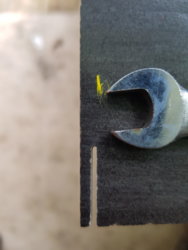
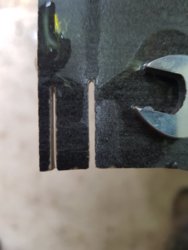
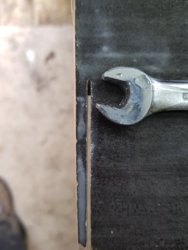
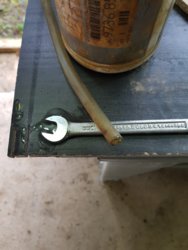
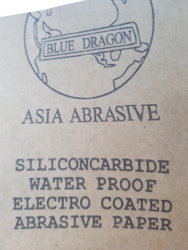
Reply to Grinding / Polishing / Small chips in the DIY Tiling Forum area at TilersForums.com
Or checkout our tile courses and training forum or the Tile Blog / Latest Blog Posts
We get it, advertisements are annoying!
Sure, ad-blocking software does a great job at blocking ads, but it also blocks useful features of our website. For the best site experience please disable your AdBlocker.
